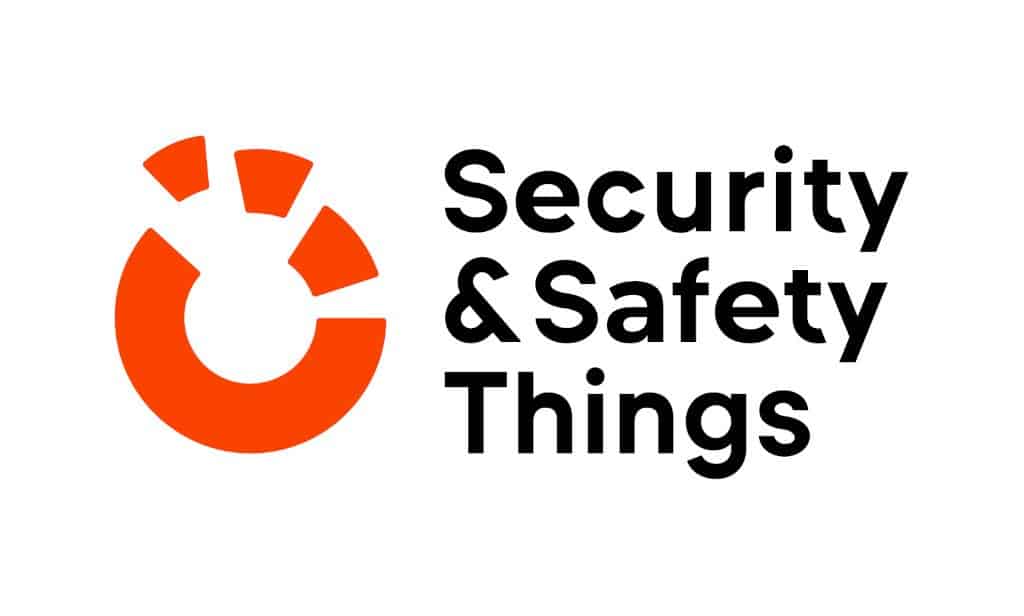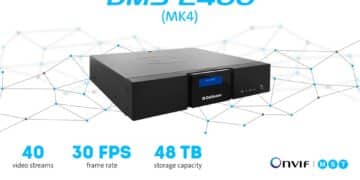Artificial Intelligence (AI) has been a critical tool in revolutionising critical disease treatments, as well as R&D methods, but it now is also transforming healthcare operations. Security & Safety Things (S&ST) offers a platform for smart cameras that enables the cameras to run a variety of different applications to perform different functions, much like a smartphone. The company states that when equipped with AI-enabled video analytics, smart cameras can help healthcare facility operators to manage day to day operations more efficiently, automate staff intensive processes and provide the ability to achieve more efficient, cost-effective operations.
Compliance with patient privacy regulations such as HIPAA and GDPR is top-of-mind for many medical facilities. Smart video analytics can deploy privacy mask applications to hide a customisable set of objects within the camera’s field of view, such as faces or equipment such as medical monitors, laptops or keyboards – devices where sensitive health data is often displayed. Privacy masking is particularly vital in elder-care facilities and memory care units, where enhanced monitoring of elderly and dementia patients is crucial to their safety, without violating privacy.
The ability to detect spills and foreign objects in hallways and other highly trafficked areas contributes greatly to decreasing risk of patient harm from slips/falls. Smart cameras reduce these occurrences by detecting spills or other hazards at the time of occurrence, enabling immediate action from staff. Simultaneously, applications can be used for fall detection and allow IoT cameras to monitor and analyse patient, visitor and staff behaviour to determine whether a person stands upright, lies on the floor or remains seated. These analytics allow staff to be alerted in case of unusual behaviour – making every walk from bed to toilet much safer, particularly for elderly and disabled patients.
A major pain point in many medical facilities is quick access to emergency departments and overall chokepoints in patient admittance. When connected to patient admission and registration systems, smart cameras equipped with vehicle license plate recognition apps can automatically log arrival times, license plate numbers and patients – increasing operational speed and quality of patient admittance. For large hospitals and busy emergency access points, smart cameras can detect obstructions in driveways, which left unattended could cost approaching ambulances critical seconds. These same cameras offer hospital staff insights into how they can improve patient intake by detecting issues with vehicle and human traffic flow.






